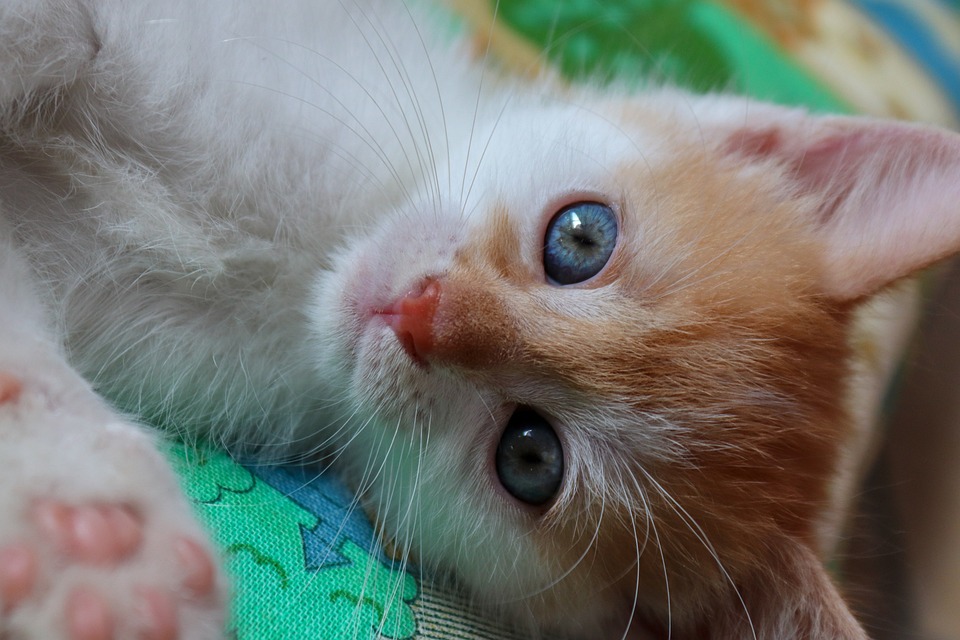Cat ear infections are a common issue that many cat owners may overlook. However, early detection and prompt treatment are vital in managing these infections effectively and ensuring the well-being of our feline friends. By understanding the impact of timely intervention, we can prevent discomfort, avoid complications, and preserve our cat’s hearing abilities.
Firstly, it is important to understand the causes of cat ear infections. These infections can be caused by various factors such as bacteria, yeast, allergies, parasites, or foreign objects. Additionally, certain breeds of cats with long, floppy ears are more prone to ear infections due to reduced air circulation.
There are different types of cat ear infections, including otitis externa (infection of the outer ear canal), otitis media (infection of the middle ear), and otitis interna (infection of the inner ear). Each type requires specific treatment approaches, making early detection crucial.
Recognizing the signs and symptoms of cat ear infections is essential for timely intervention. Common signs include excessive scratching or rubbing of the ears, head shaking, discharge or odor from the ears, redness or swelling of the ear canal, and changes in behavior such as irritability or loss of appetite. If you notice any of these signs, it is important to seek professional help immediately.
Early detection of cat ear infections helps prevent discomfort and pain for your feline friend. Ear infections can be extremely uncomfortable, causing itching, pain, and inflammation. By addressing the infection early on, you can alleviate these symptoms and improve your cat’s overall well-being.
Furthermore, timely intervention helps avoid complications. If left untreated, cat ear infections can lead to more serious conditions such as chronic inflammation, eardrum rupture, or secondary infections. These complications can be painful for your cat and may require more extensive treatment.
Preserving hearing abilities is another important reason for early detection and treatment. Cat ear infections can affect your cat’s hearing, leading to temporary or permanent hearing loss. By addressing the infection promptly, you can minimize the risk of hearing impairment and ensure your cat’s quality of life.
When dealing with cat ear infections, it is crucial to seek professional help from a veterinarian. Veterinarians have the expertise to diagnose and treat ear infections accurately. They may perform diagnostic procedures such as ear swabs, microscopic examination, or even recommend collaboration with veterinary specialists for more complex cases.
Treatment options for cat ear infections vary depending on the severity and type of infection. Medications and prescription treatments such as ear drops or antibiotics are commonly prescribed to combat the infection. Additionally, home care and cleaning techniques may be recommended to maintain proper ear hygiene and prevent future infections. In severe cases, surgical intervention may be necessary to remove tumors, polyps, or foreign objects causing the infection.
To address common concerns, FAQs can provide valuable information. Cat ear infections can be prevented to some extent by keeping your cat’s ears clean and dry, especially if they have long, floppy ears. However, some cats may be more prone to infections due to underlying health conditions or allergies. Cleaning your cat’s ears safely can be done with veterinarian-approved ear cleaners and gentle techniques. Cat ear infections are not typically contagious, but certain underlying causes such as parasites or allergies may be contagious. Although rare, cat ear infections can cause permanent hearing loss if left untreated. Over-the-counter medications should not be used without consulting a veterinarian as they may not be suitable or effective for cat ear infections.
In conclusion, early detection and treatment of cat ear infections are crucial for your feline friend’s well-being. By understanding the causes, recognizing the signs, and seeking professional help, you can provide the necessary care and support to maintain your cat’s ear health. Remember, a proactive approach to your cat’s ear care needs is the key to a happy and healthy companion.








